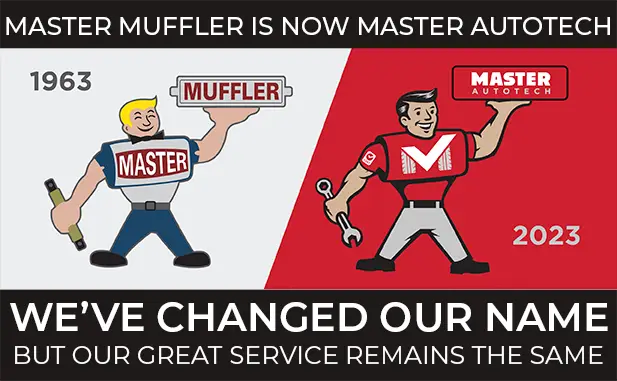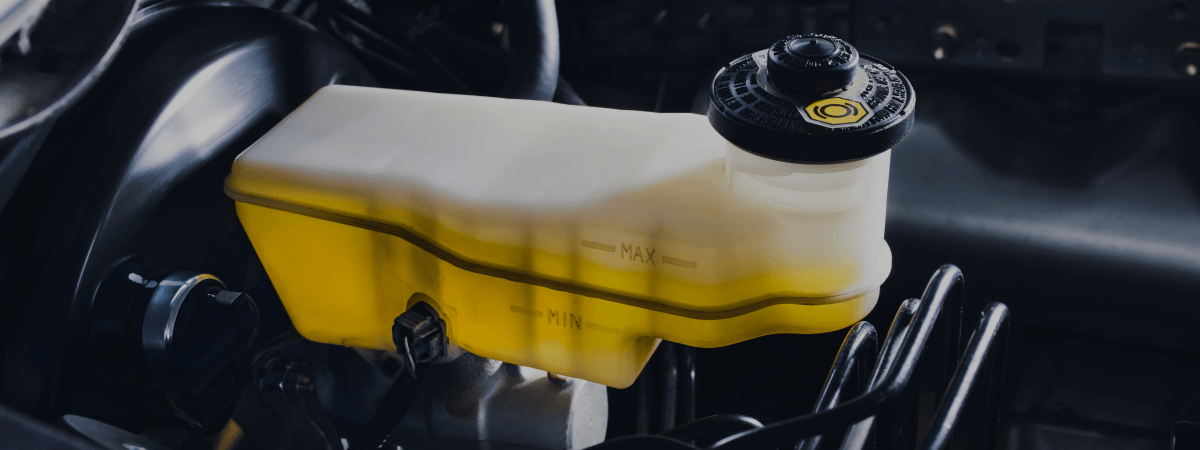The engine is the most expensive and important part of the vehicle. Proper care of the engine is vital to keep the car in good working order. Aside from oil changes and basic maintenance, it is important to pay attention to signs that a problem might be developing. The head gasket is a vital part of the engine. Located between the engine block and the cylinder head, it keeps the cylinders properly sealed and maintains needed compression.
The head gasket also helps keep the engine coolant sealed. If there is rapid pressure buildup in the cooling system before the engine has fully warmed up, it could mean that the head gasket has failed. The engine coolant may leak out onto the ground. If there is foaming, gurgling, or bubbling in the coolant system, this can also be a sign of a blown head gasket.
The head gasket also prevents oil leakage. If the gasket is blown, oil can leak slowly with a minor leak or leak fast enough to empty the oil rapidly. Sometimes blue or white smoke will come out of the tail pipe, indicating that the oil is being burned.
Oil may drip from the gasket itself or there could be water mixing with the oil. To check for this, take the dipstick out quickly enough to keep some oil on the stick and allow a drop of fluid to land on the hot engine. Oil will smoke. If there is water in it, it will also sizzle.
Sometimes it is difficult to determine the cause of an oil leak, but a blown head gasket is frequently the culprit. Additionally, with the lack of proper sealing between the engine block and the cylinder head, hydrocarbons or carbon monoxide can leak into the cooling reservoir. Sometimes this causes a rough engine or a loss of power because of the reduced compression.
With any of these symptoms of a blown or damaged head gasket, it is vital that you pay attention to the issue and get it checked. Taking the vehicle in to your local Utah auto repair shop is the best plan to get the problem resolved and avoid further expensive damage.
Related Posts
Key Takeaways On average, passenger vehicle tires last 40,000 to 60,000 miles, depending on type, driving habits, and maintenance. Replace tires when tread depth reaches 2/32”, if damaged, or older than 10 years. Regular rotation, alignment, and proper inflation extend tire life. Aggressive driving, poor roads, and harsh weather shorten tire lifespan. Take advantage [...]
When you think about car maintenance, you probably focus on oil changes, tire rotations, and maybe even brake pad replacement. But what about your brake fluid? If you’ve ever wondered, “What does brake fluid do?” or “Why is brake fluid important?”, you’re not alone. Brake fluid might not be the most talked-about part of [...]
Is that high-pitched squeal from your brakes driving you—and everyone else—crazy? Don’t ignore it. Squeaky brakes aren’t just annoying, they’re your car’s way of saying something needs attention. Whether you're cruising through Salt Lake City or winding up Idaho’s mountain passes, here’s what’s likely going on, how you can fix it, and when it [...]





